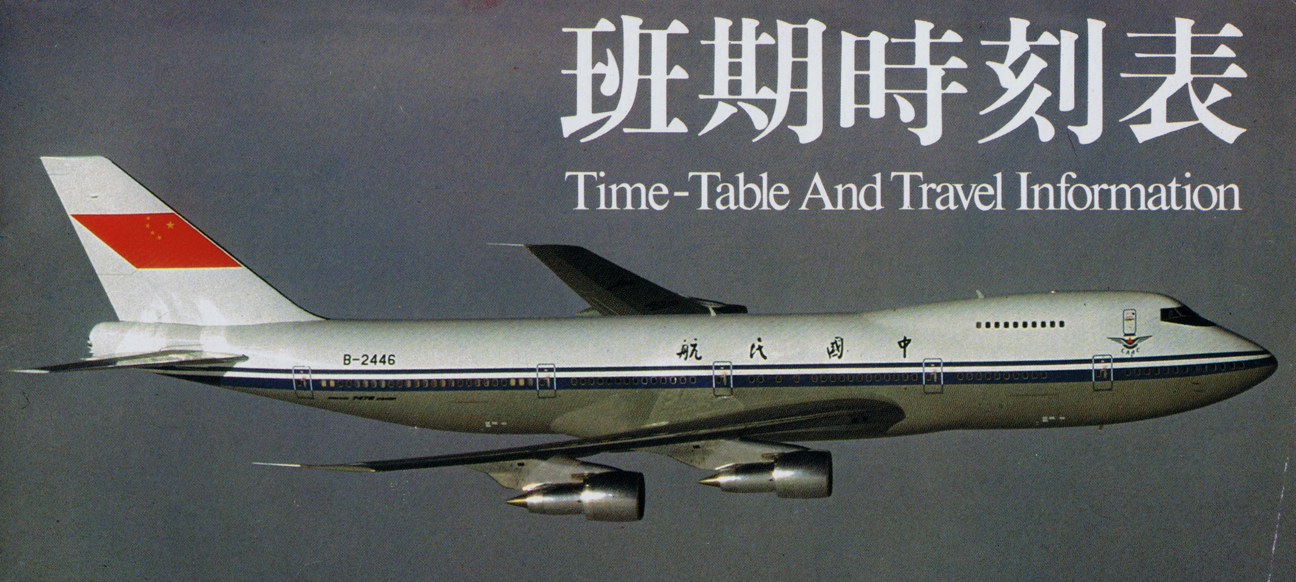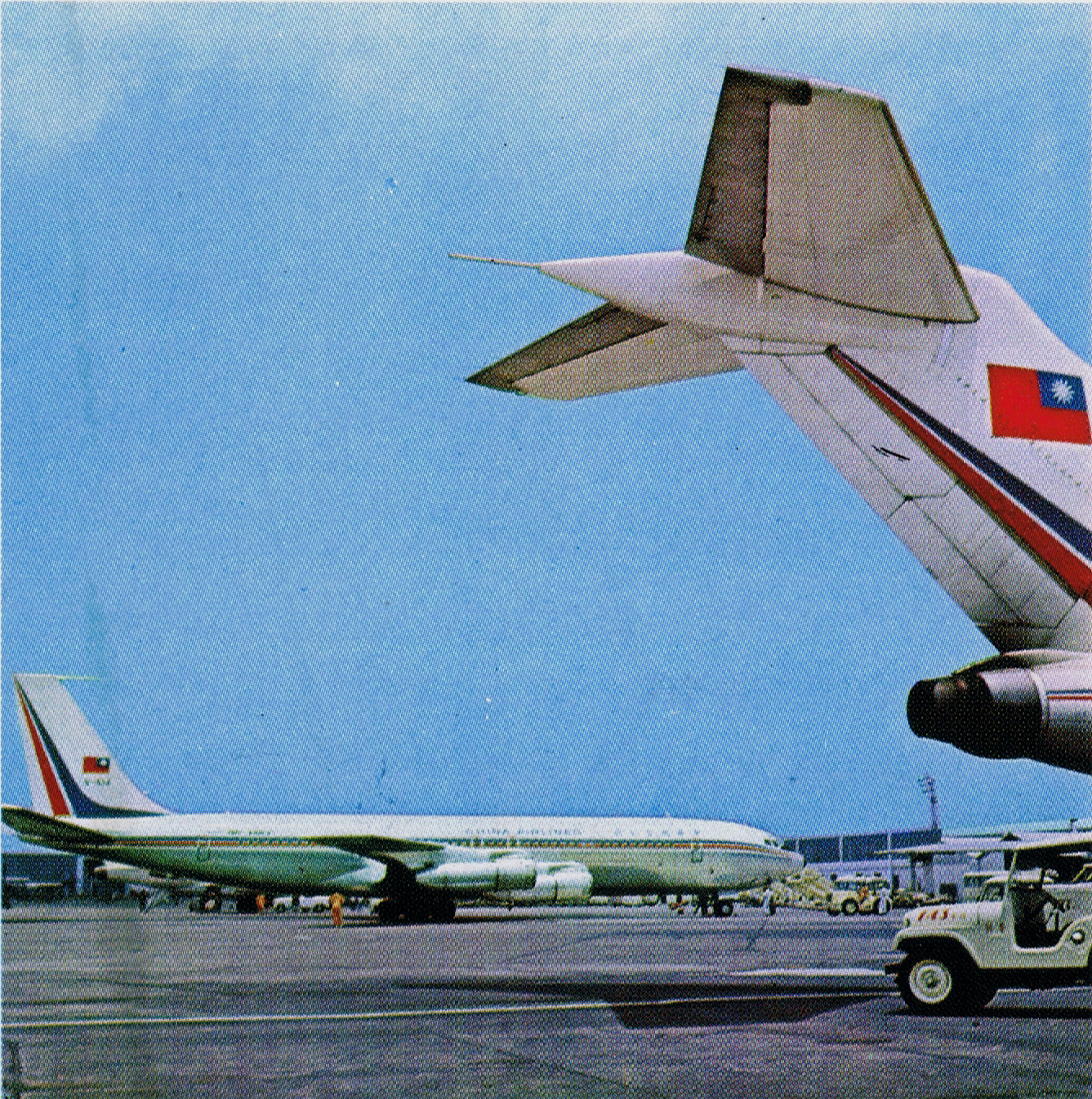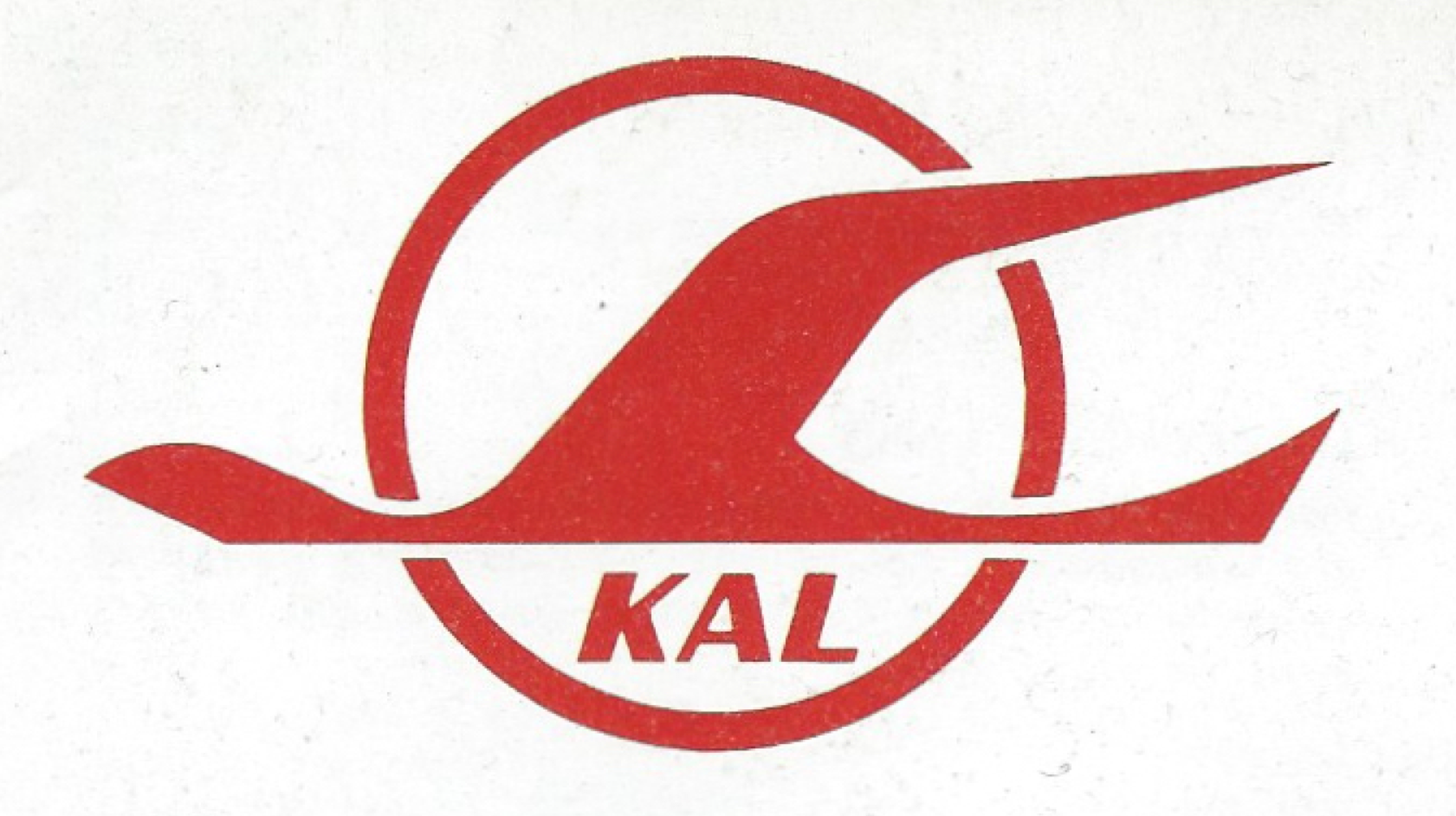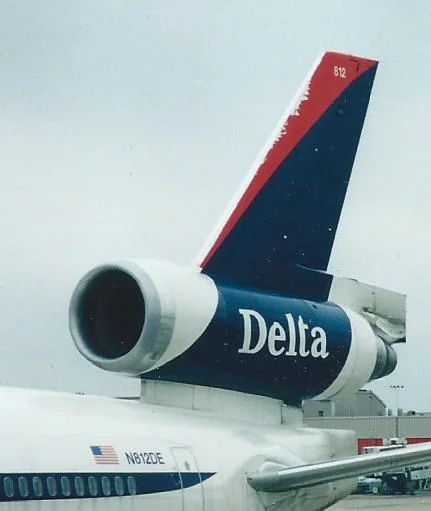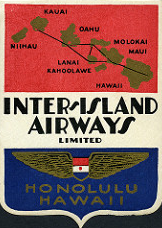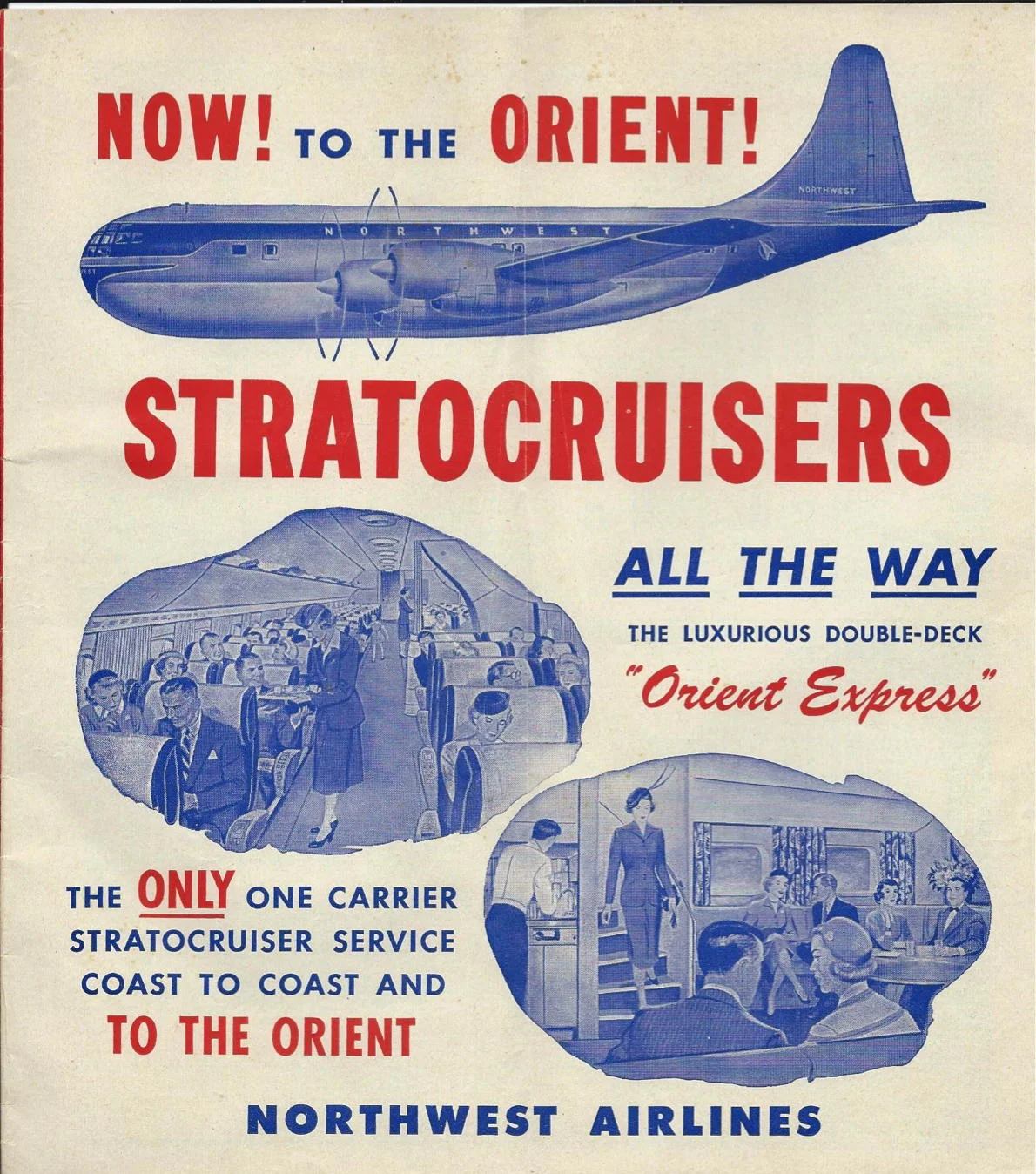Pan Am - 1981 Return to China
/Public domain image from Wikimedia Commons, uploaded by the San Diego Air and Space Museum Archive
Pan American World Airways reached China the first time with its “Clipper” flying boats in 1935, and played a key role in organizing domestic air service there in the tenuous pre-war period. But after the 1949 Revolution, American interests were kicked out of the country, and the Communists effectively walled off (pun intended) China from nearly all Western commerce and culture.
President Nixon’s overtures to the People’s Republic in 1972 started tenuous contacts, and in September of that year an order came for ten Boeing 707 jetliners to be operated by CAAC, the national air service. Those aircraft were used on routes to the Mideast, Africa, and Europe, however – it took until 1979 for there to be any agreement on transportation between China and the US, and the first transit was done by cargo ship.
Pan Am had to give up its flights to Taiwan (which was just fine by competitor Northwest Orient), and CAAC had to order, receive, and get trained on new Boeing 747s before service could commence. For CAAC, this started on January 7, 1981, and Pan Am’s service kicked off on January 28.
The first timetable Pan Am put out with the new flights was issued April 26, and is iconic in the #avgeek collecting community. The Great Wall at Badaling had just been restored for tourism, and while it’s clear this photo was taken in fall/winter, what is striking is the utter lack of vegetation – and crowds!
Photo by Aero Icarus via Flickr, CC 2.0 license
Pan Am used the long-range 747SP, which was a customized short-body version of the famous aircraft that could fly the New York-Tokyo leg (or later, Los Angeles-Shanghai) without fuel stops. It was a fuel hog – a big problem when the oil crisis hit - but the best that Boeing could put in the sky with late-1970s technology, and as such it was given the highest prestige. (The standard-size 747-200 would soon offer similar performance with better payload and economics, making accountants and route planners at a number of airlines curse the day their bosses wrote checks to buy the “SP”… and was one of many factors that led to Pan Am’s downfall.)
In the 21st Century, we are used to seeing multiple frequencies per day between American and Chinese business centers, but in 1981 on Pan Am, you had a choice of just four weekly services:
- A Saturday departure from New York JFK, leaving at 1:15 pm – arriving Tokyo Narita at 3:50 pm on Sunday, then Shanghai Hongqiao at 8:25 pm, and finally Beijing at 11:15 pm.
- Wednesday and Sunday departures from San Francisco at 2:15 pm, getting into Tokyo at 4:55 on Thursday/Monday, and Beijing at 9:35pm. These two weekly runs did not continue to Shanghai.
- From September, there was also a Wednesday 1:00 pm departure from Los Angeles, nonstop to Shanghai, arriving Thursday at 6:00 pm, and continuing to Beijing at 9:00 pm.
These scans from the April 26, 1981 schedule show the outbound services available from Beijing and Shanghai:
By no means were these services profitable in the first several years – flights were nowhere near full, as business and immigration connections between the US and China would take time to develop, and both countries were just beginning to come out of economic crises (albeit for different reasons). The 747SP, while paid for, would be an operational money pit for Pan Am well into the 1990s. While Pan Am would eventually get its Pacific services to profitability, their losses on core European services would see the company make another fatal decision when they sold the Pacific division to United Airlines in 1985 for $750 million.
Pan Am’s pioneering work to build relationships in China would ensure United’s success, and today they are the top US carrier across the Pacific, with a strong Star Alliance partner in Air China.
Also see
The great folks at the Pan Am Historical Foundation
http://airfactsjournal.com/2015/12/flying-old-boeing-china-christmas/
http://www.nytimes.com/1981/01/29/business/pan-am-service-to-china.html
And other weninchina resources - - -

